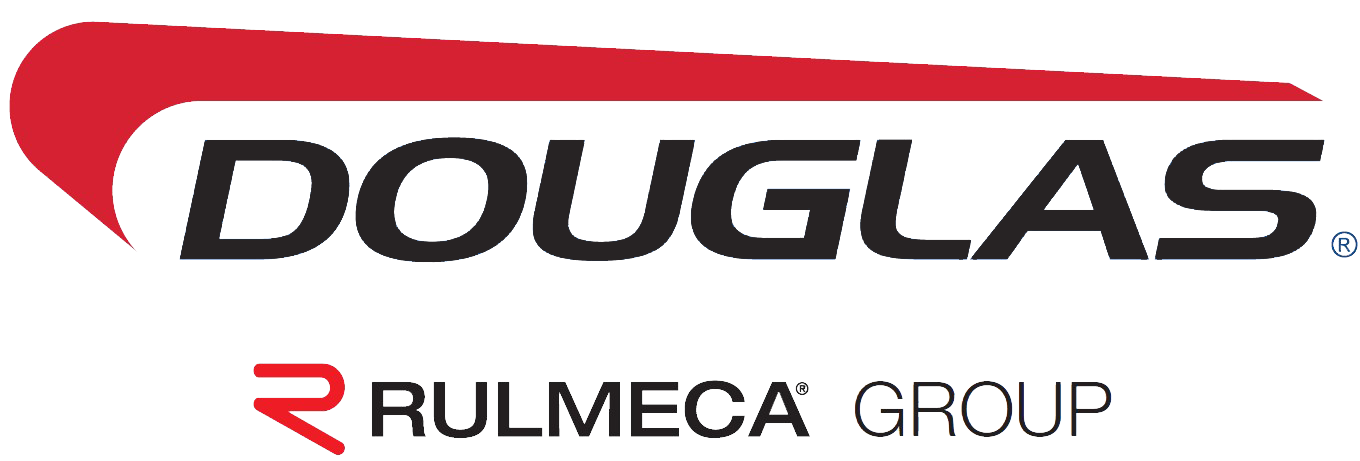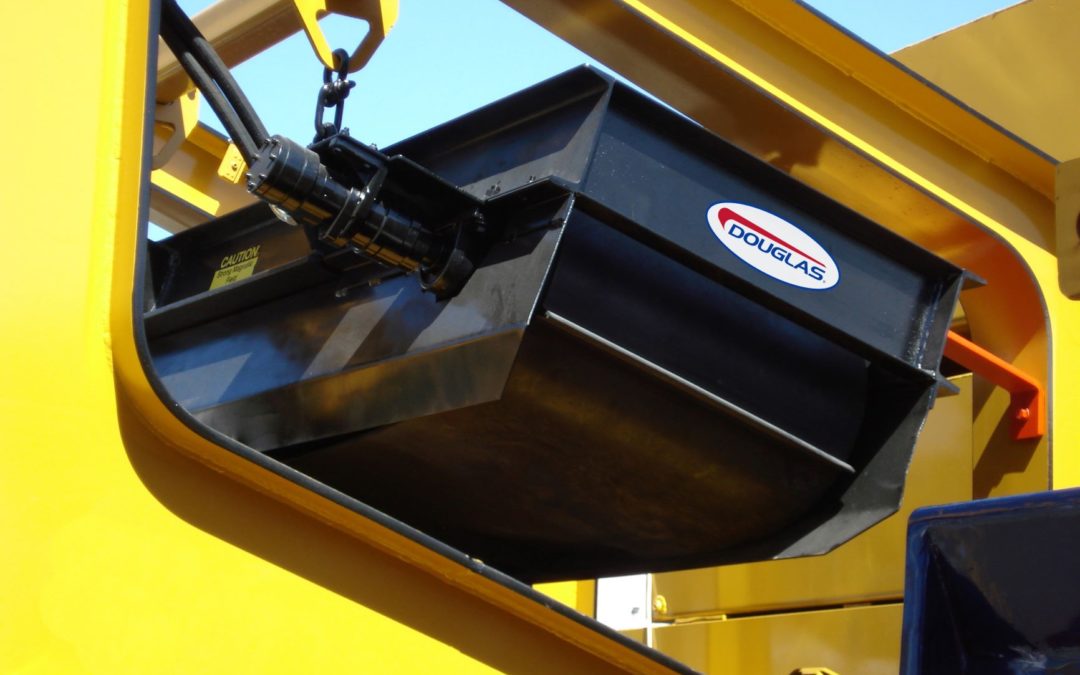The presence of foreign objects in a conveyed product can be detrimental to an operation by damaging equipment such as crushers, grinders, chippers, mulchers, presses, hogs, hammer mills and other downstream equipment. Magnetic separators are ideal for removing ferrous tramp metal objects to help prevent this situation.
Separators can be split into two categories, self-cleaning and manual-cleaning. Manual-cleaning separators are used for operations that encounter occasional impurities. Self-cleaning separators are suggested for operations with frequent instances of impurities in product flow. Magnetic separators may also come in standard, super duty, electromagnet strengths. When trying to find the right equipment there are a few things you need to know. It is important to know the mounting height of the magnet, the type of material being conveyed, the burden depth of the material, the belt speed and the type of tramp ferrous metal to be removed.
The maximum pick-up weight of separators depends on many variables such as the shape of the object, the position of the object in relation to the magnetic field, and the composition of ferromagnetic material. With such variability a magnet cannot be rated or selected by the weight of an item it will pick up. Therefore, it is important to have someone familiar with a magnet product line help to select a magnet to suit your application.
There are several key considerations when mounting a magnet. Mounting height should be as low as possible while allowing enough clearance for the largest ferrous object to discharge from the side of self-cleaning separators.
Permanent and electromagnets will not remove non-ferrous materials, such as stainless steel, and may “miss” some ferrous metals. Metal detectors are often placed after magnetic separators to help with these instances. In the rare event something is missed or a piece of stainless steel is in the material flow, a metal detector will stop the conveyor system before the material damages sensitive equipment.
Small items are difficult to remove, especially when buried under the material. The addition of a magnetic head pulley is ideal to remove small items near the belt surface. For low burden depth and no overhead clearance situations, a magnetic pulley may also be preferred. A magnetic pulley separates the tramp metal from the flow and safely discharges it below and behind the pulley.
The professionals at Douglas Manufacturing can help select the right magnetic solution for your application. With years of experience and a friendly team of experts, Douglas would be happy to walk you through any questions that you may come across and help improve the performance of your conveyor.


Recent Comments